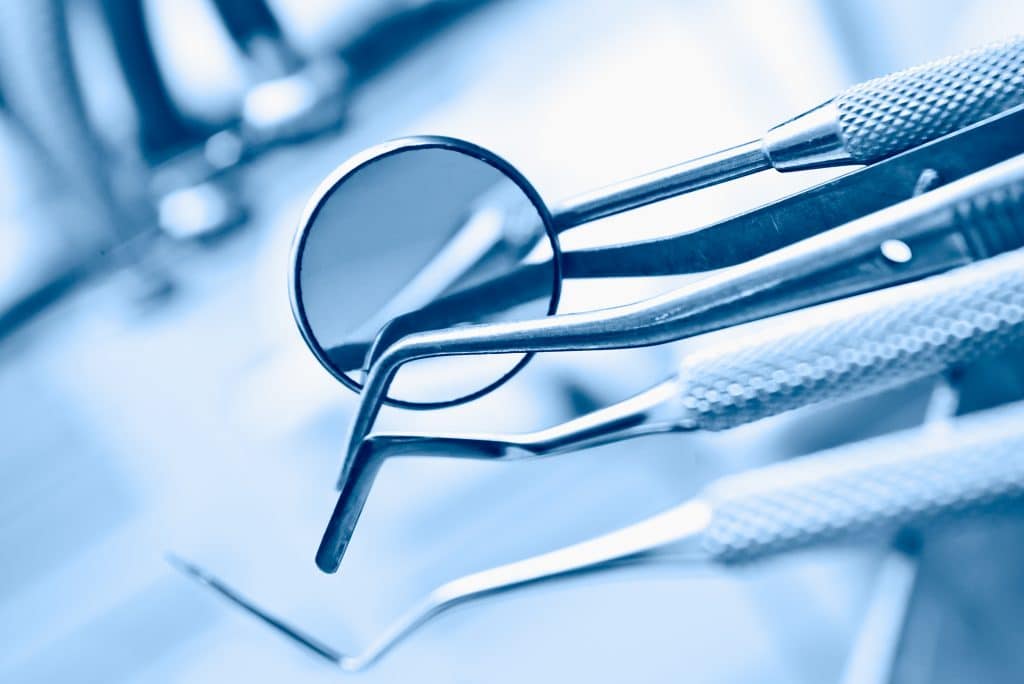
When companies encounter unique challenges, they need a partner willing to look at a problem from different perspectives and develop a creative solution.
Take the case of a company that contacted us at ME-92 about a problem with rouging from autoclave sterilization (a form of corrosion that affects stainless steel) that they felt probably could not be solved. They were both surprised and pleased to learn that there was a solution after all.
Stainless Steel Under Assault: Pure Water and the Passivation Layer
When healthcare providers give patients injectable medications, much of the volume of the shot is special purified water. Produced in a machine called an autoclave, it is simply known as water for injectables. Because it is exclusively hydrogen and oxygen, this water is “starved” for minerals. Consequently, it can break down what is called the passivation layer on stainless steel systems used to produce the water.
Passivation is a metal-finishing process that uses chemicals to remove the free iron from a stainless-steel surface, effectively creating a protective oxide layer. When that layer is breached, a reaction occurs between the water and the metal, and microscopic rust can form. Needless to say, that material cannot be allowed in a system used to generate water for injectables.
Hospitals and clinics also use this type of water to clean and sterilize medical instruments. As a result, providers produce millions of gallons of it daily.
Enhancing Autoclave Protection With Chromium
Companies that produce water for injectables can clean their systems using chemicals to remove any rust that has formed. However, they must take the machine out of service to perform the process.
One stakeholder wondered if there was a way to mitigate the rouging problem and keep machines online for longer periods between cleanings. Could a chromium coatings company apply a layer of chromium to the internal surfaces of the machine to protect them more effectively?
When he consulted with ME-92 Operations, he learned that the answer was “Yes.” A type of stainless steel that contains 11% chromium, for example, definitely can benefit from the application of a super-strong, incredibly thin layer that is 99.99% chromium.

“There’s No Upside to Downtime”
Purified water’s ability to cause rouging on stainless steel is a natural chemical property. There is no way to alter the chemistry of that interaction. But, as ME-92 Operations proved, there is a way to delay that interaction significantly.
Applying a chromium coating makes it much more difficult for water to damage the stainless steel of the production equipment. Ultimately, rouging will occur, and the company will have to clean the machine. But a process they had to perform every 1-2 weeks might now only be needed once a month. That means increased productivity for that machine and technicians who have more time to focus on other tasks.
As one ME-92 Operations executive, an expert in chromium coatings and business processes put it, “There’s no upside to downtime.” And, of course, companies that produce water for injectables agree. Minimized downtime and maximized revenue go hand in hand.
Partnering to Determine What’s Possible
As product designers, manufacturers, system users, and other stakeholders learn from contacting ME-92 Operations, the only way to know what is possible with chromium coatings is to ask. In many cases, what people see as the unchanging status quo for product performance can actually be improved.
All it takes is a person willing to ask a question and an experienced coatings company eager to find the answer!